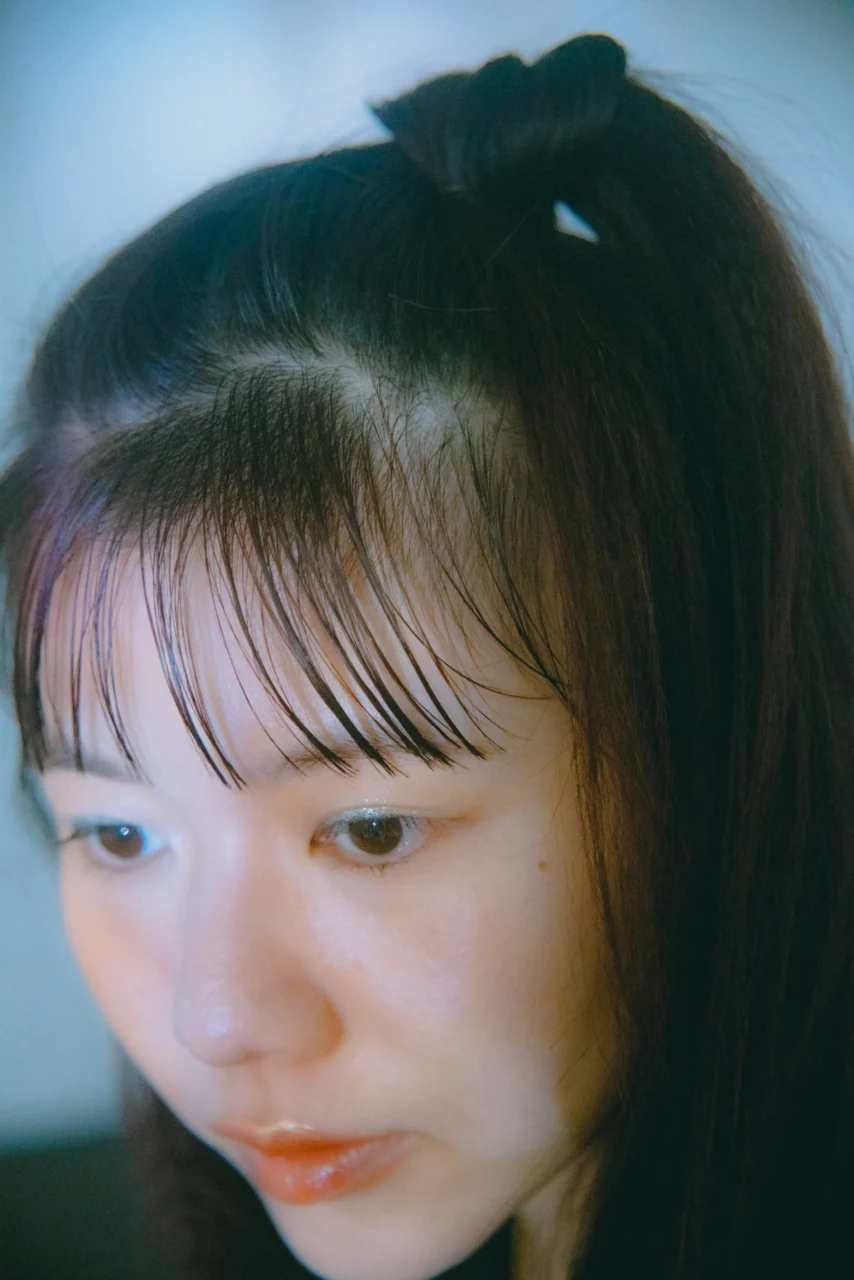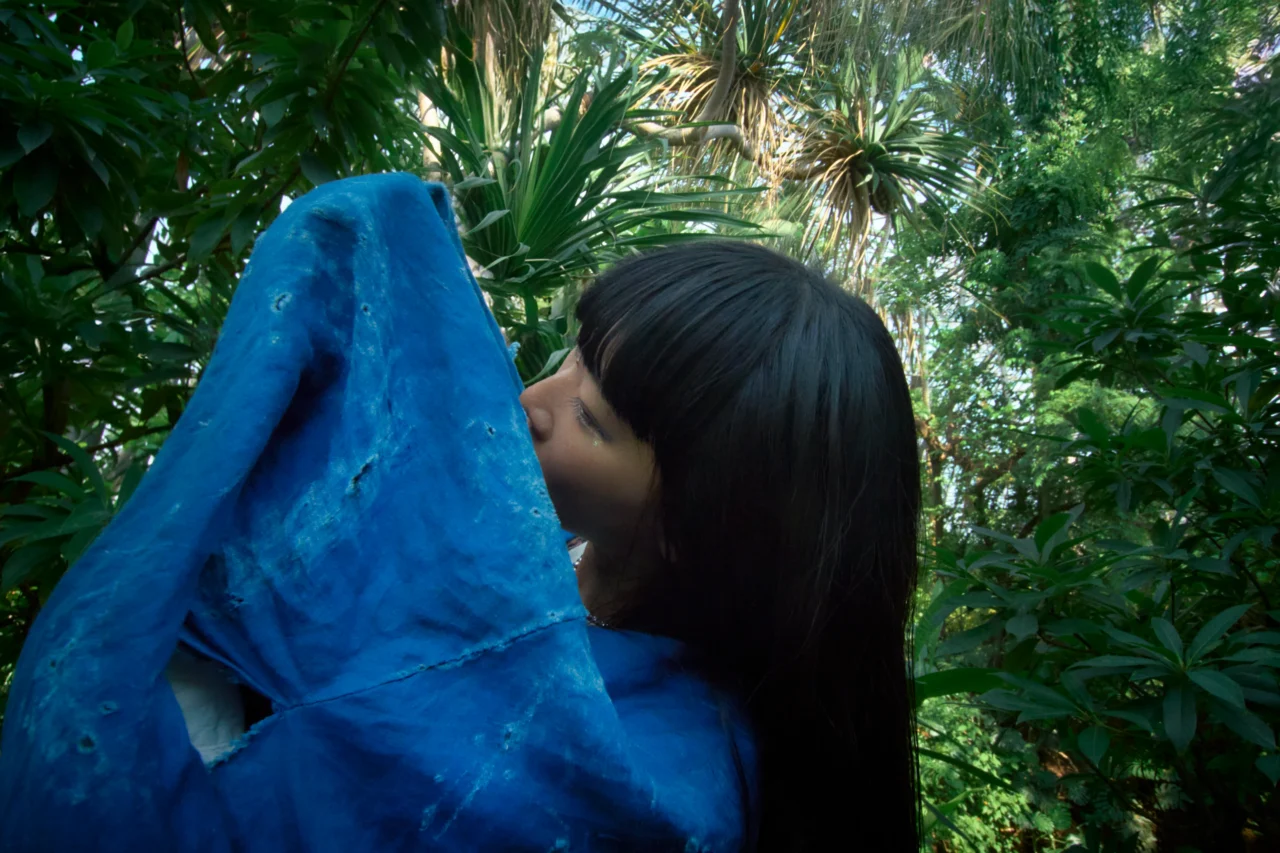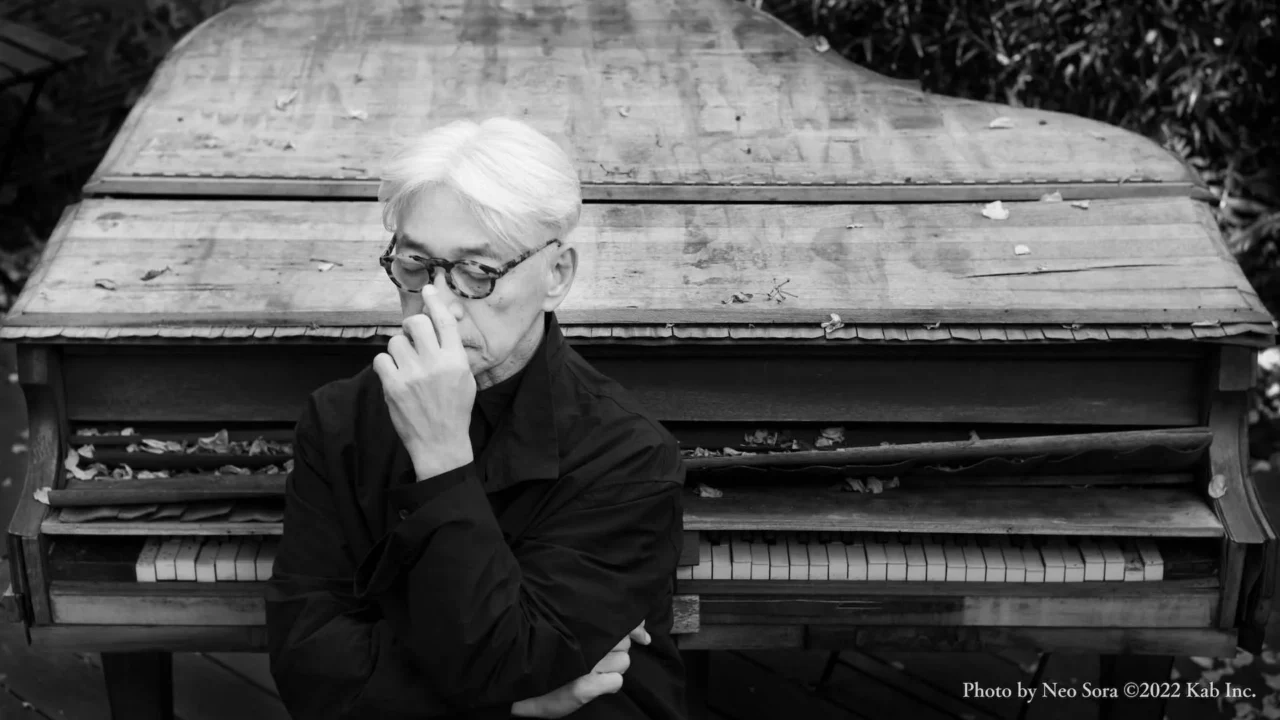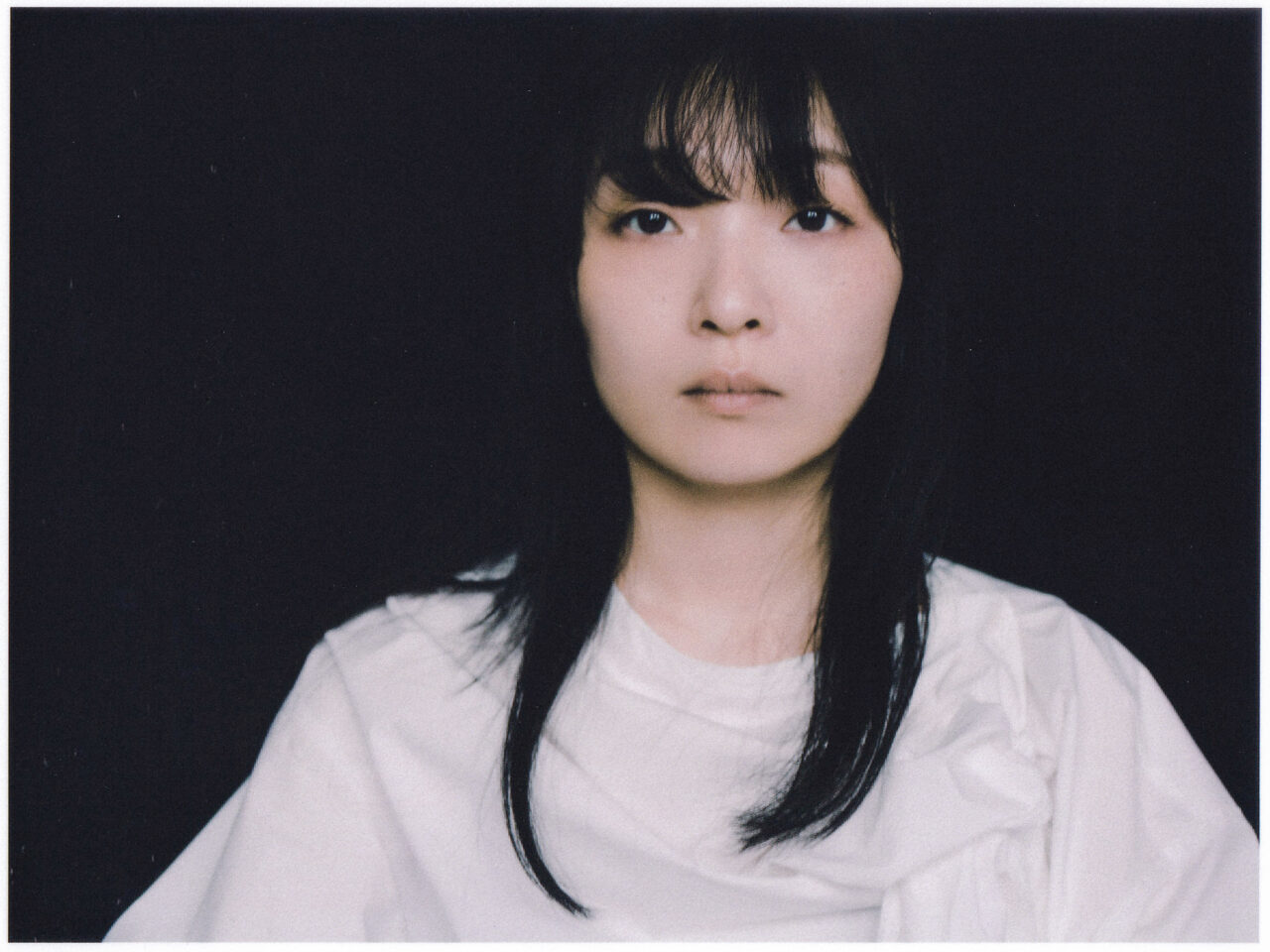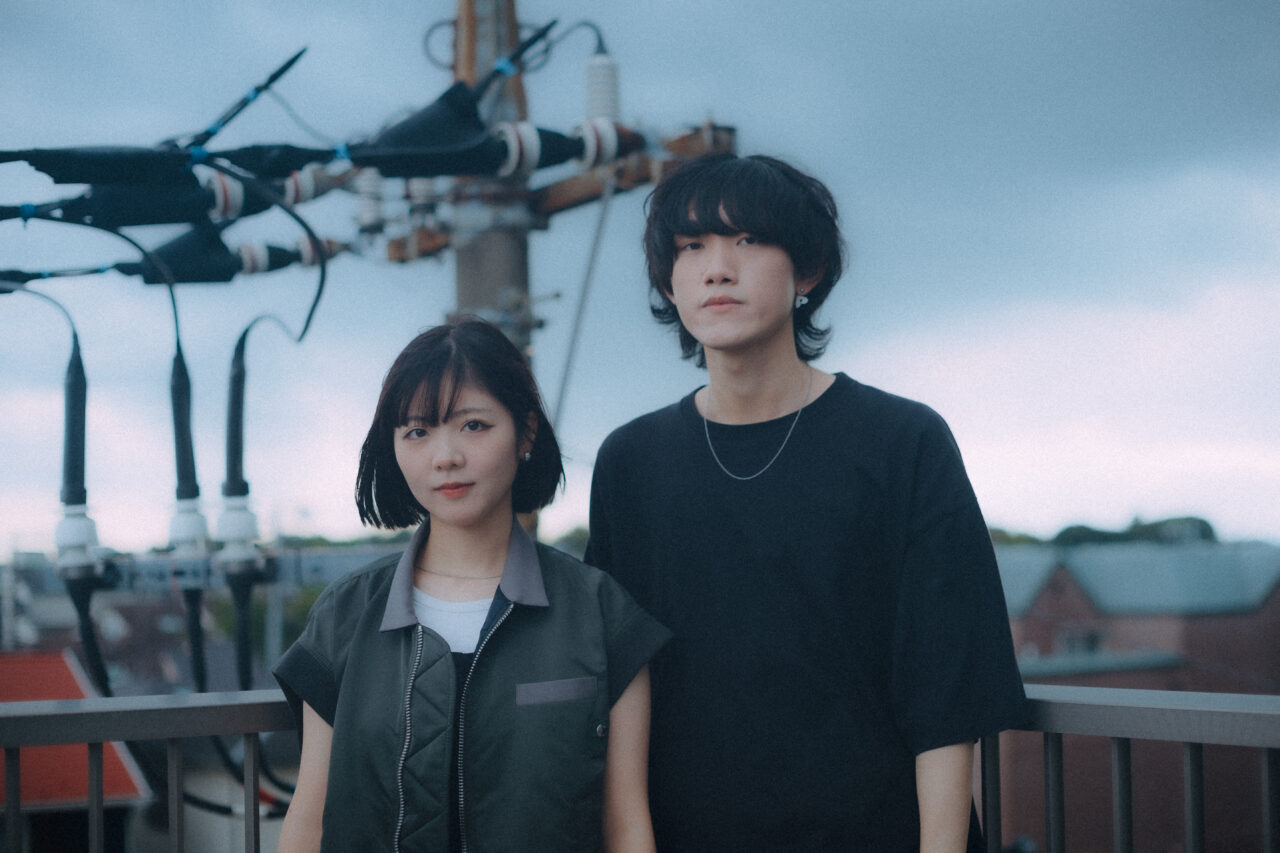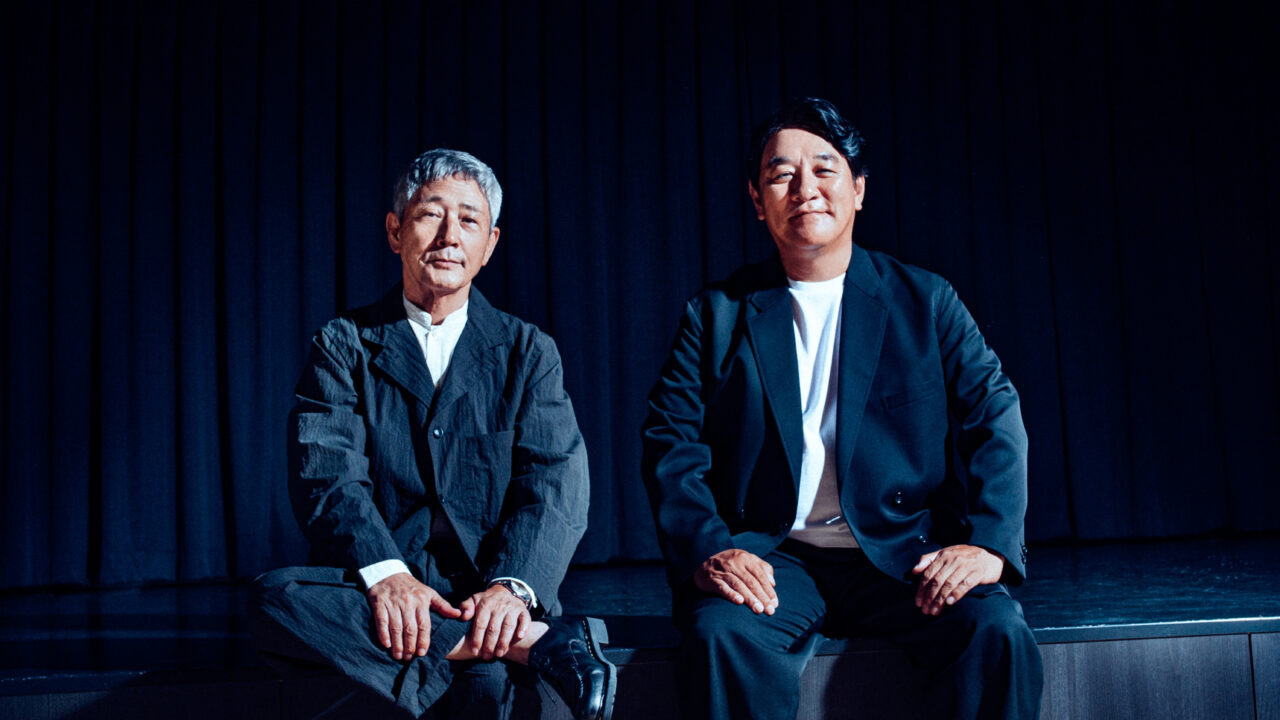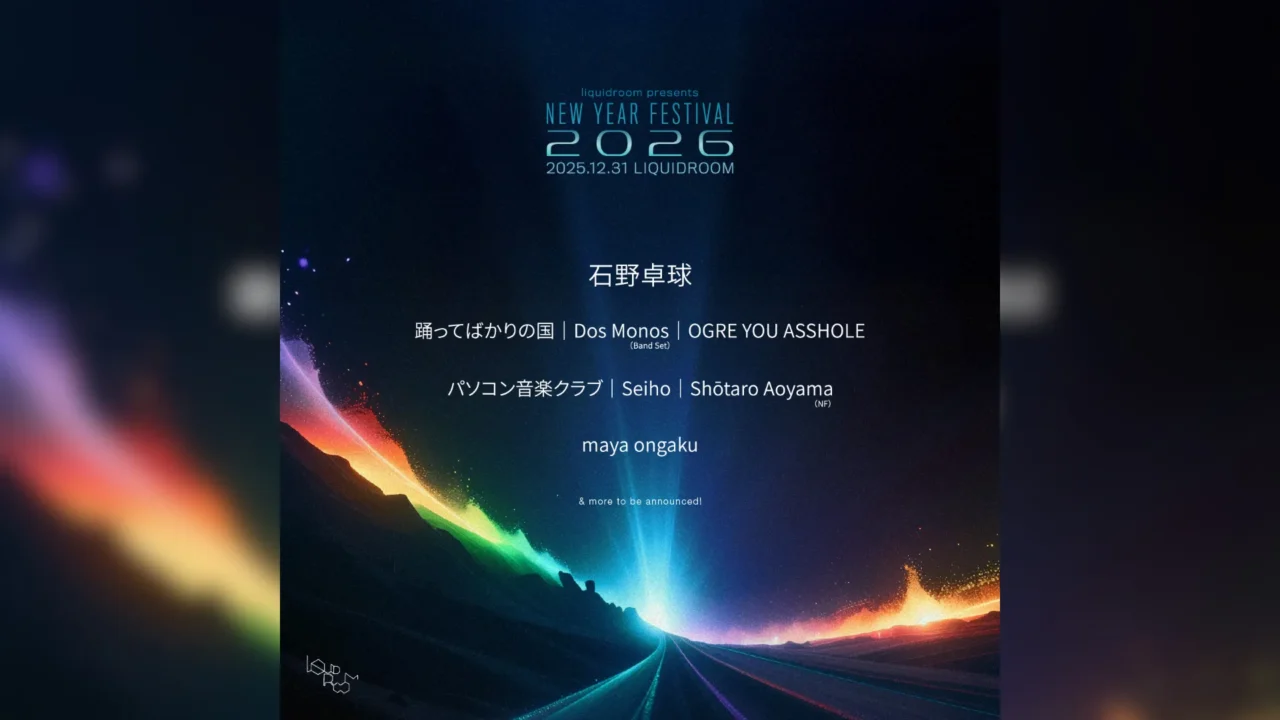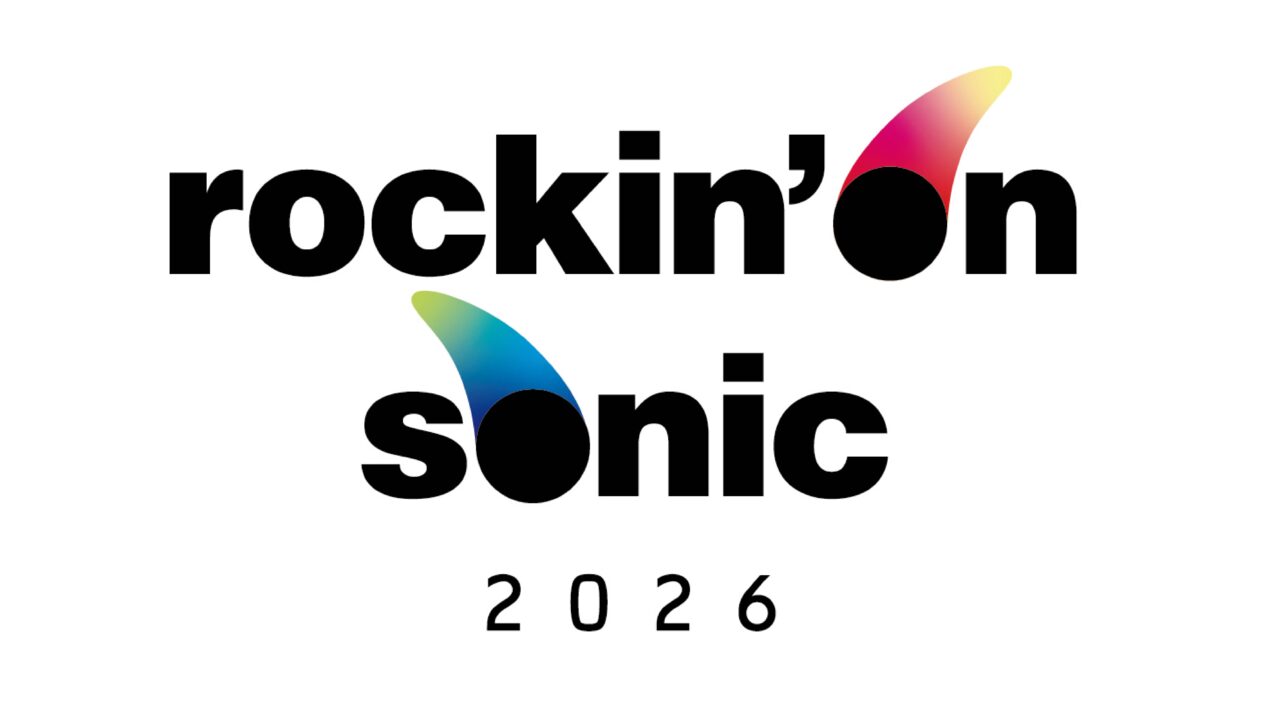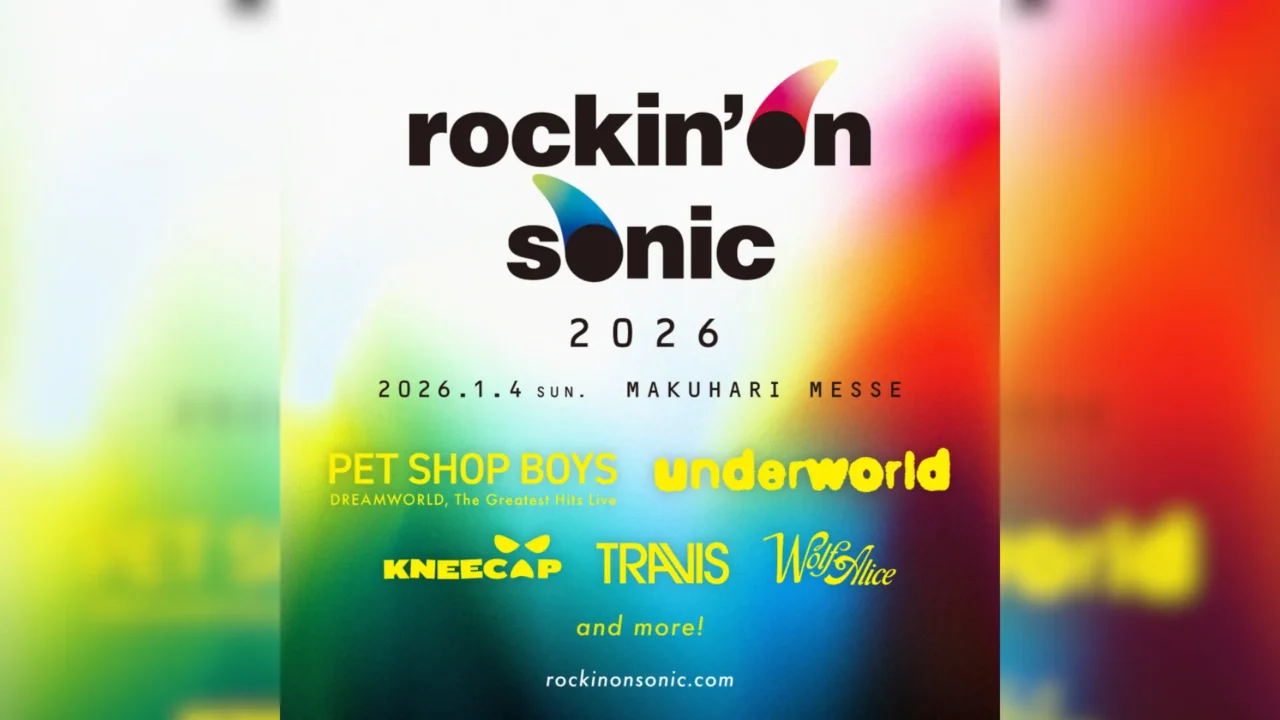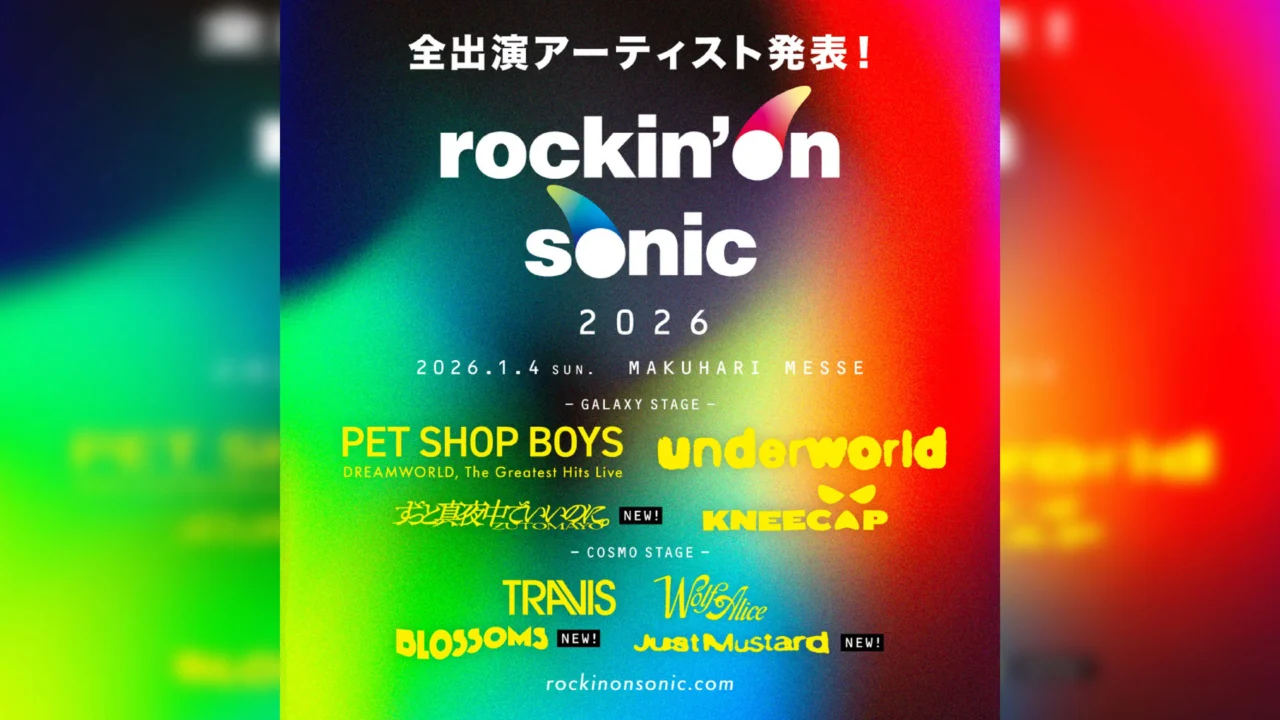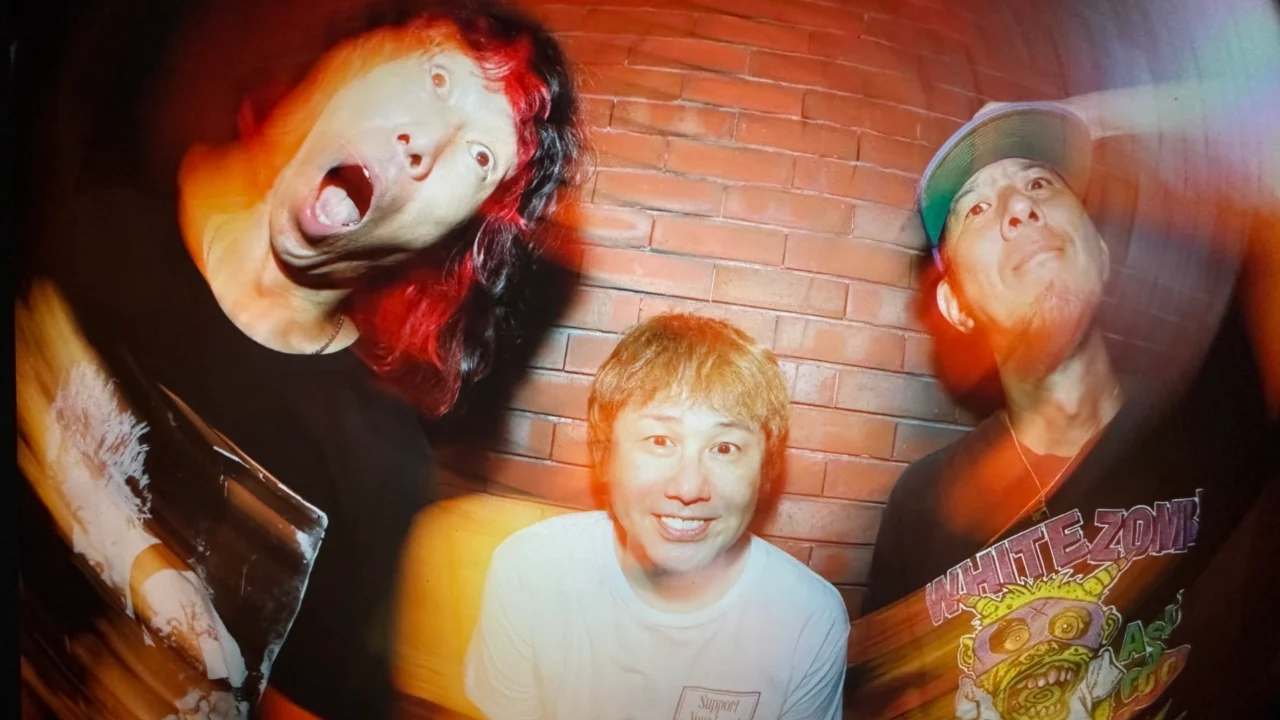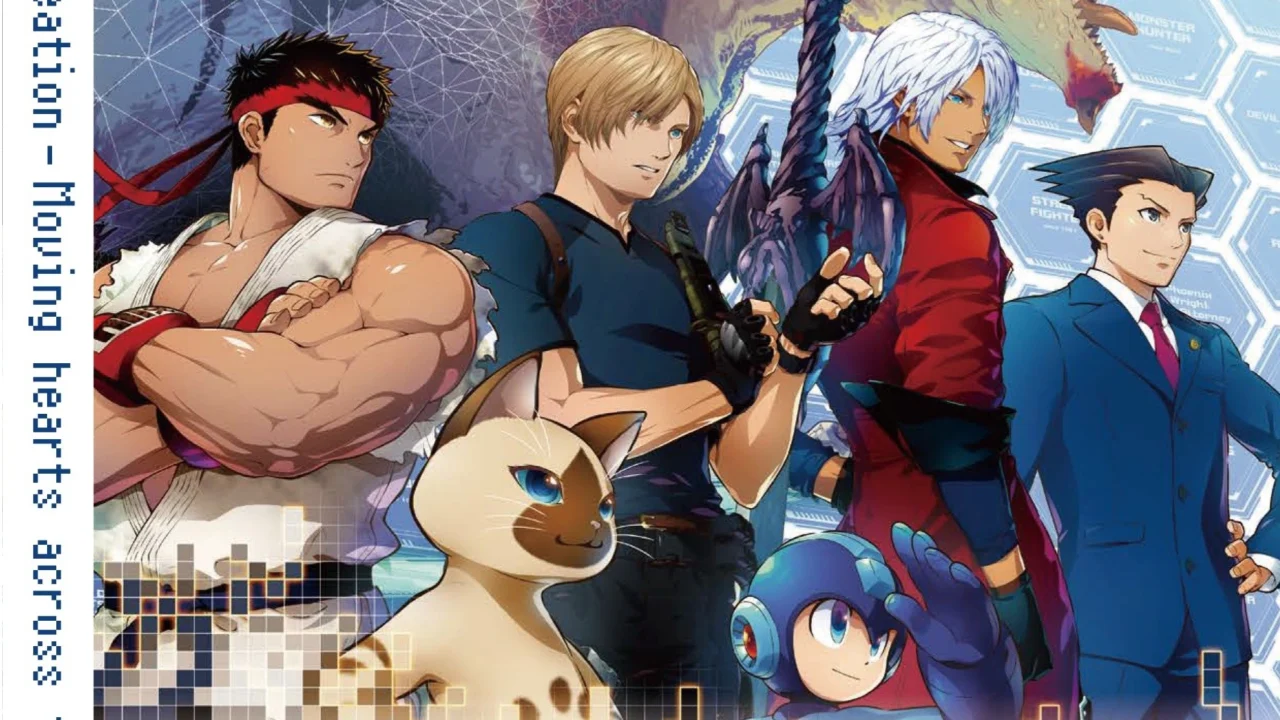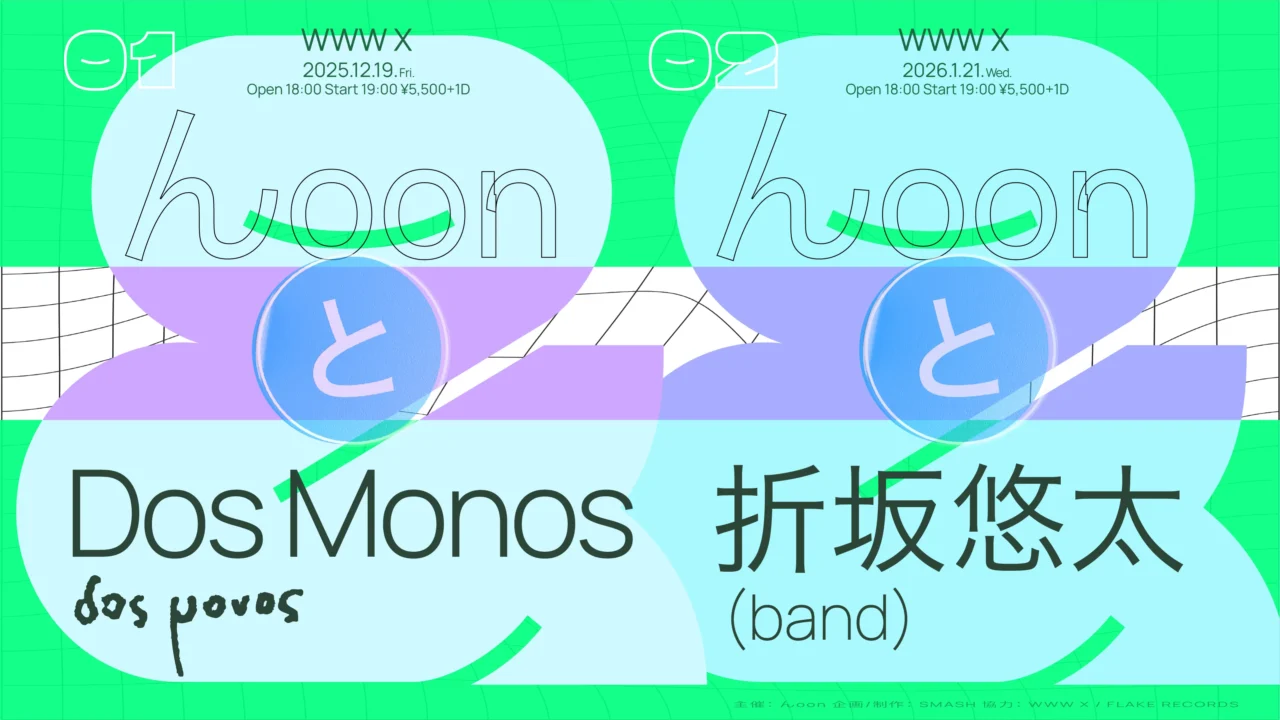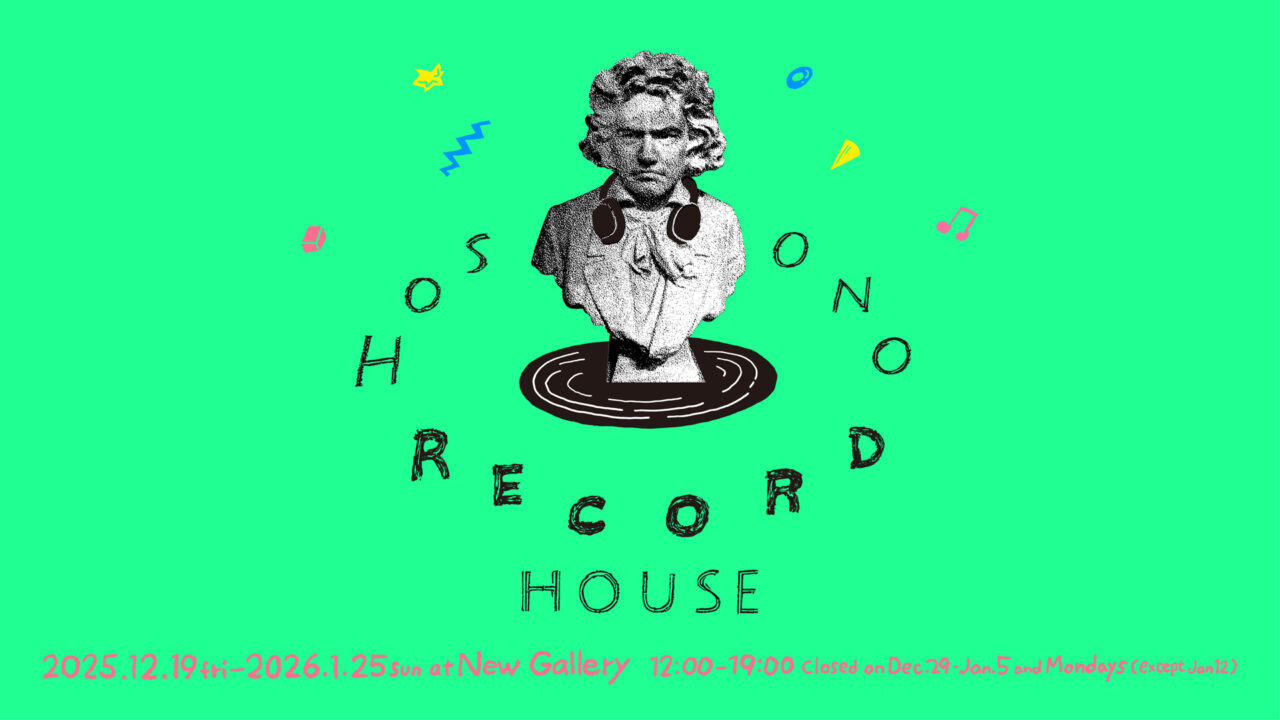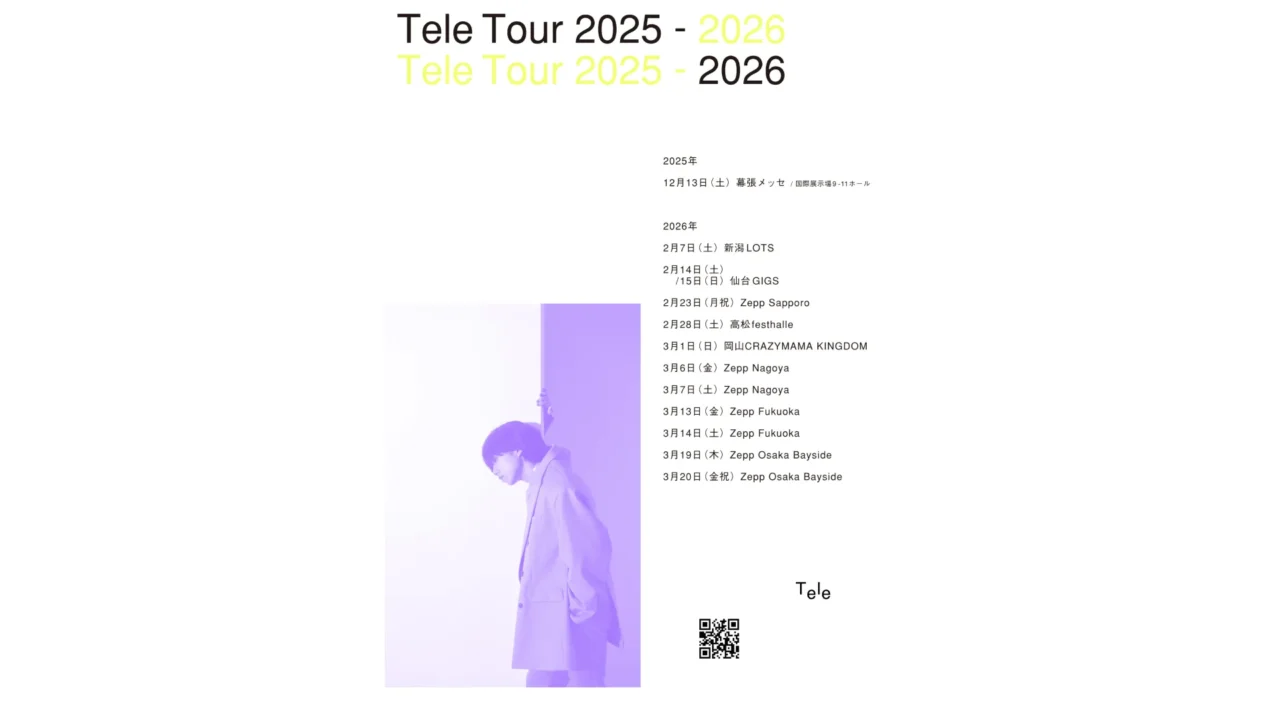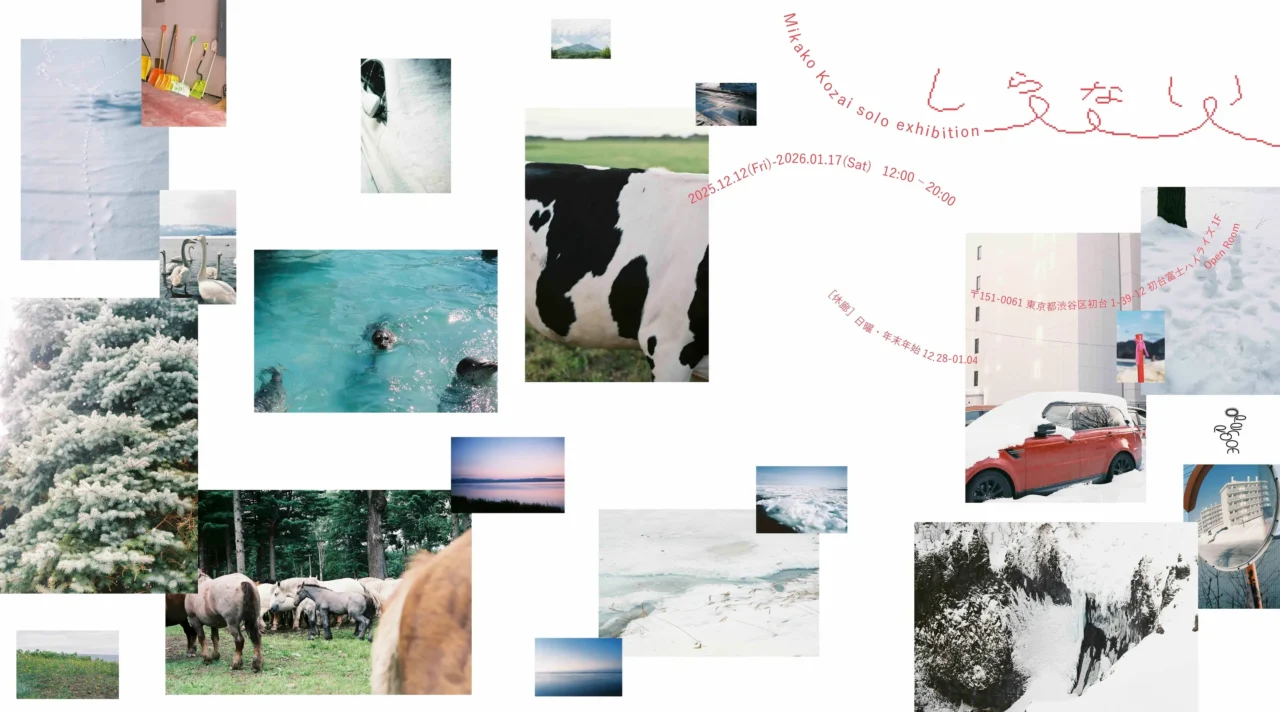INDEX
Romance in Works that Hide the Unexpected in Everyday Life
Have you been to Takahashi Ishii Gallery before?
Salasa: It was my first time. That’s part of why I picked it.
Do you usually visit galleries or museums?
When I was attending Joshibi (Joshibi University of Art and Design) and after I dropped out of university, when I was going to art school, I went quite often. It was fun to research and share with my friends about artists I discovered. After I started my music career, I hadn’t been going to museums or galleries much, but recently, I was recommending artists to a friend and realized, “I really like art.” It reminded me that I wanted to visit exhibitions again.
(*Note: Art school refers to the one in Jimbocho, Tokyo, founded in 1969, which offers programs in painting, printmaking, photography, contemporary art, composition, DTM, theater, fashion, manga, and design. The school was founded by Koji Ishii and Hiroshi Kawahashi of the Contemporary Shiso-sha, with the logo design created by Haruhiko Akasegawa.)
Which artists did you recommend to your friend?
Salasa: Koichi Mitsuoka and Tomotoshi. Mitsuoka creates works by writing words with tape in the streets, and his word choices are always spot on. He even built his own art center along the Tamagawa riverbanks, and I really like the raw, earthy feeling that comes through in his work.
Find Koichi Mitsuoka’s Instagram posts here.
Salasa: Tomotoshi also runs a space called the TOMO City Museum in Sumida Ward. His works often involve creating specific movements in the city, which in turn shape the actions of the people around. I think I’m drawn to the romance of how, within everyday scenes, unexpected movements or locations can suddenly appear.
